The evolution of Chardonnay in California continues, as cool sites, cool vintages and changes in winemaking styles produce more bottles that will appeal to Burgundy lovers, says Elin McCoy...
*Published on DecanterChina.com in association with the California Wine Institute
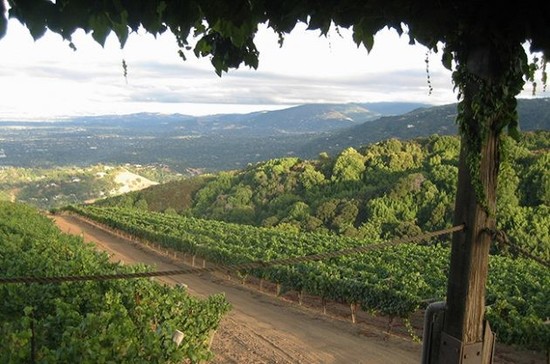
In 1976, Chateau Montelena’s win against top white Burgundies at The Judgement of Paris tasting kickstarted a Chardonnay boom.
However, by the early 1990s the grape’s wine taste profile had dramatically changed – I would say deteriorated – as California producers entered a baroque era: almost every bottle seemed sweeter, oakier, fatter, more alcoholic and buttery than the last one.
A backlash against these over-the-top bottlings inspired a flurry of no-oak wines that frequently had no flavour at all. Neither style, frankly, looked to Meursault or Chablis for inspiration.
Related tasting: California Chardonnay for Burgundy lovers
Neo-Burgundian era
Now we have entered a neo-Burgundian era. But what are the traits we Burgundy lovers hope for in a California Chardonnay?
After all, the villages and vineyards in the grape’s home region produce a pretty wide spectrum, from simple basic Bourgogne blancs to lean, flinty Chablis to richer, more opulent grands crus like Corton-Charlemagne.
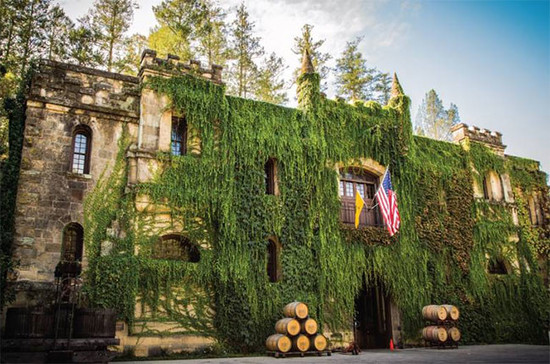
Catalysts for change
‘The change really started heating up in 2010,’ says Rajat Parr, who makes wines for Sandhi and Domaine de la Côte, ‘with a perfect storm of elements that worked together.’ He reminds me that white Burgundy had started shooting up in price with the 2005 vintage; then came the recession, and a shift in people’s taste, a new generation of wine drinkers who wanted fresher styles.
California’s recent cool vintages have also helped to push Chardonnays in a leaner direction. Both 2010 and 2011 were among the coldest on record for coastal California, and many wines are lean, tight and very distinctive. The 2012s are warmer and richer, while 2013 may be the most classic of all for many wineries, with nervy acidity and backbone.
Another factor was the growing Californian obsession with terroir, as vintners tried to identify the very best regions, microclimates and vineyard sites. Gavin Chanin, a young winemaker whose label is Chanin Wine Company, told me that he thinks of Chardonnay as a terroir grape that shows off a vineyard’s personality.
Based on my tastings, these Burgundian-style wines almost always come from the coolest of the cool-climate AVAs, near the coast, where fog and wind and cool air swirl in from the Pacific.
‘The marine influence is important in California,’ says Parr, ‘but it’s hard to compare any sites with Burgundy. The latitude is different, for one thing.’
Where to find Californian Chardonnay
West Sonoma Coast
A narrow strip of ridges and small valleys is situated within a few kilometres of the Pacific and has several small sub-regions. Wineries to know: Ceritas, Hirsch Vineyards, Littorai, Peay Vineyards, Red Car Wine.
Santa Cruz Mountains
This mountainous area south of San Francisco, cooled by the Pacific to the west and San Francisco Bay to the east, has thin-soil slopes at high elevations. Wineries to know: Mount Eden Vineyards, Ridge Vineyards, Rhys Vineyards, Thomas Fogarty Winery, Varner Wine.
Santa Barbara County
This region contains a couple of slightly different sub-regions; the chilly Santa Rita Hills AVA closest to the ocean, and Santa Maria Valley, which is also windswept but not as cool. Wineries to know: Au Bon Climat, Chanin Wine Company, Liquid Farm, Sandhi, Tyler Winery.
Related tasting:
California Chardonnay for Burgundy lovers
All rights reserved by Future plc. No part of this publication may be reproduced, distributed or transmitted in any form or by any means without the prior written permission of Decanter.
Only Official Media Partners (see About us) of DecanterChina.com may republish part of the content from the site without prior permission under strict Terms & Conditions. Contact china@decanter.com to learn about how to become an Official Media Partner of DecanterChina.com.


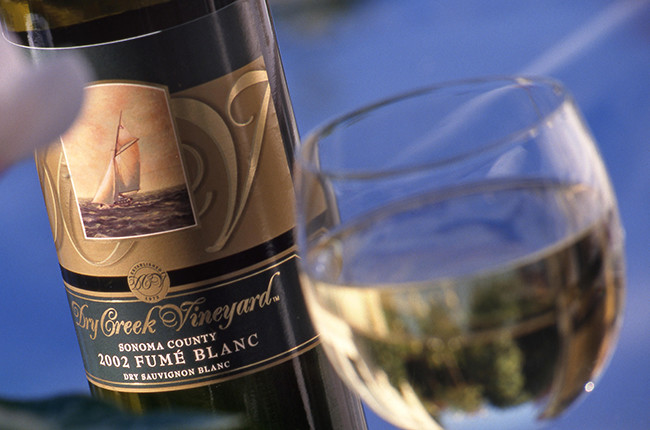
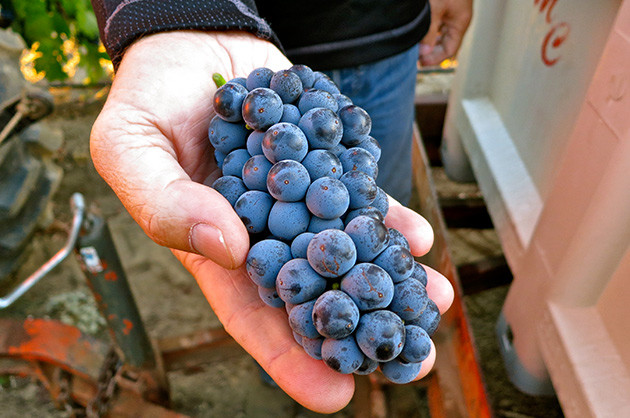
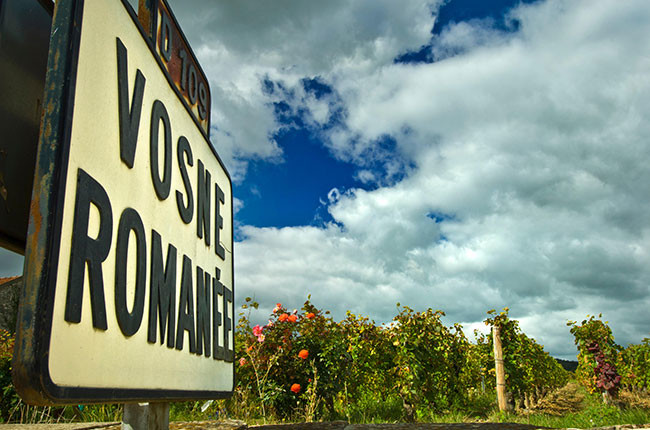
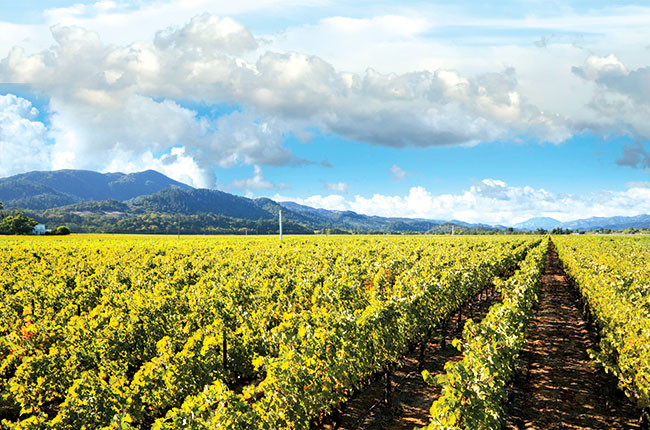
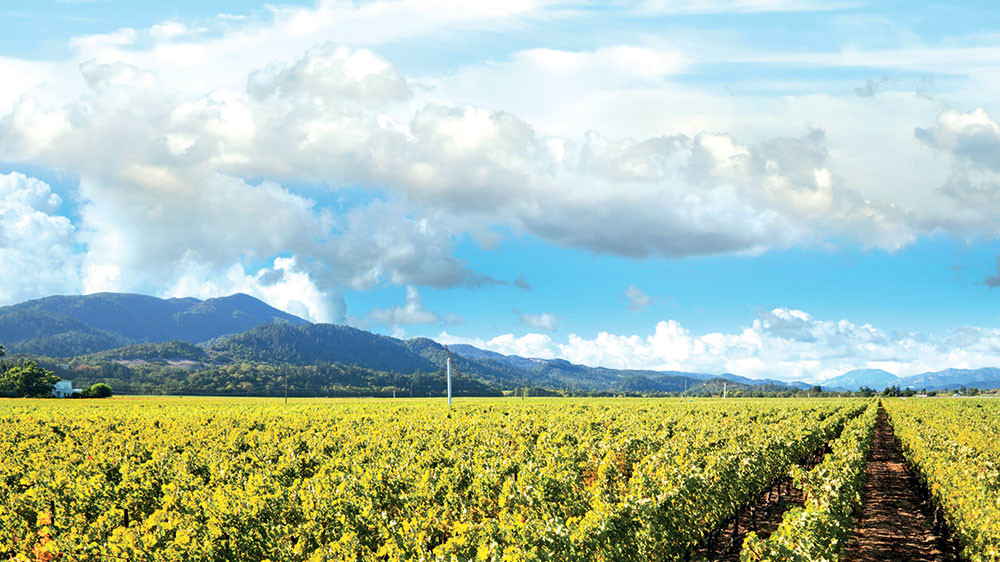
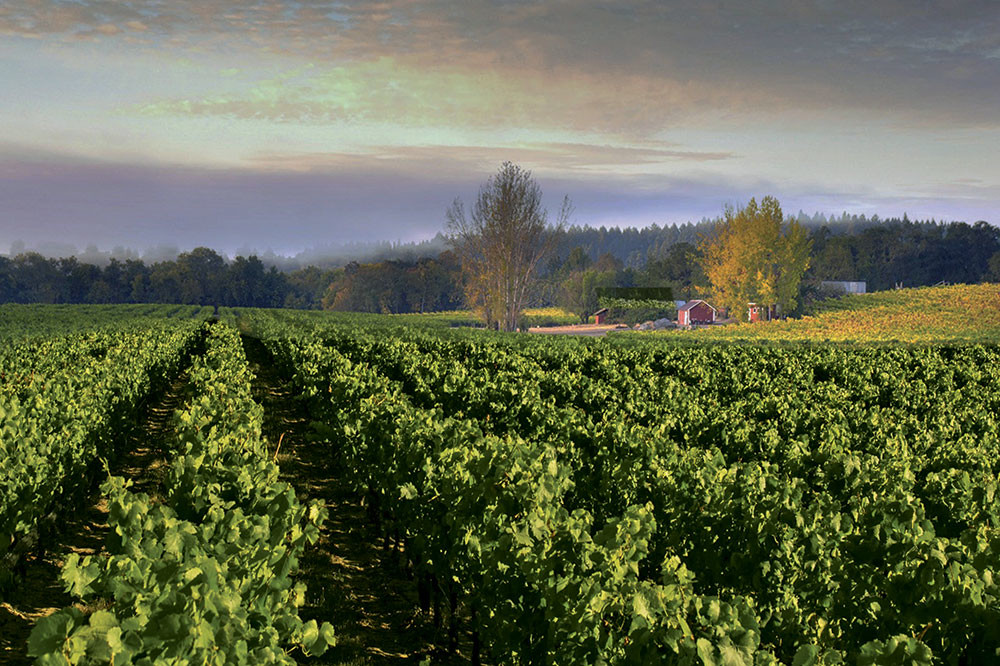
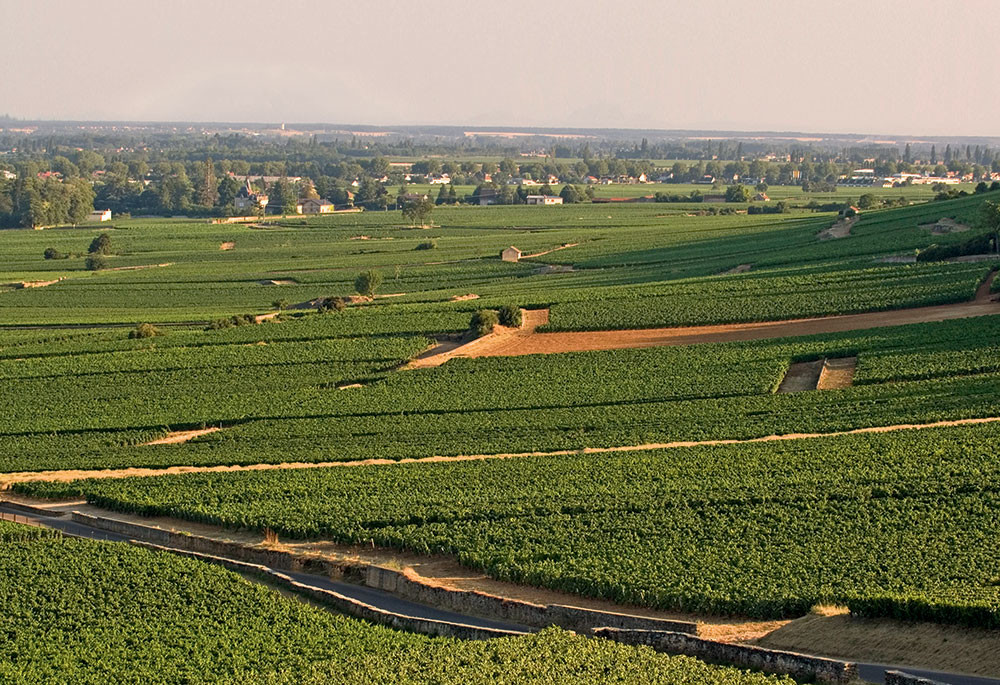
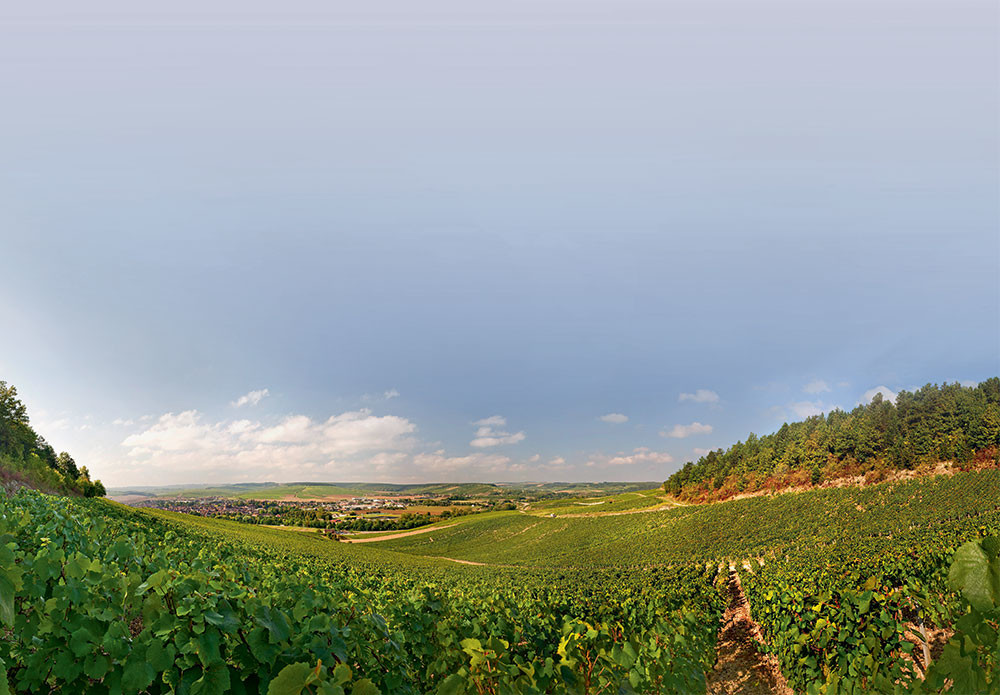
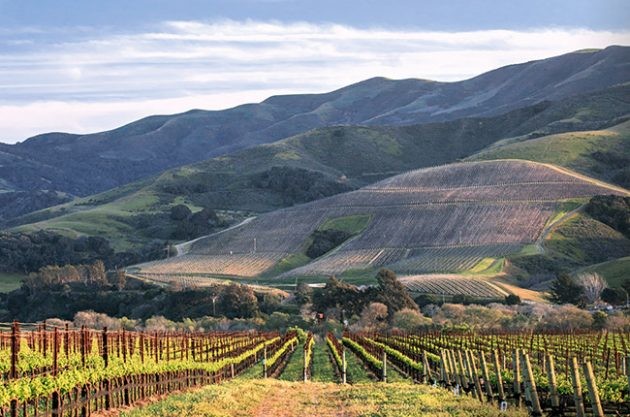
Comments
Submit